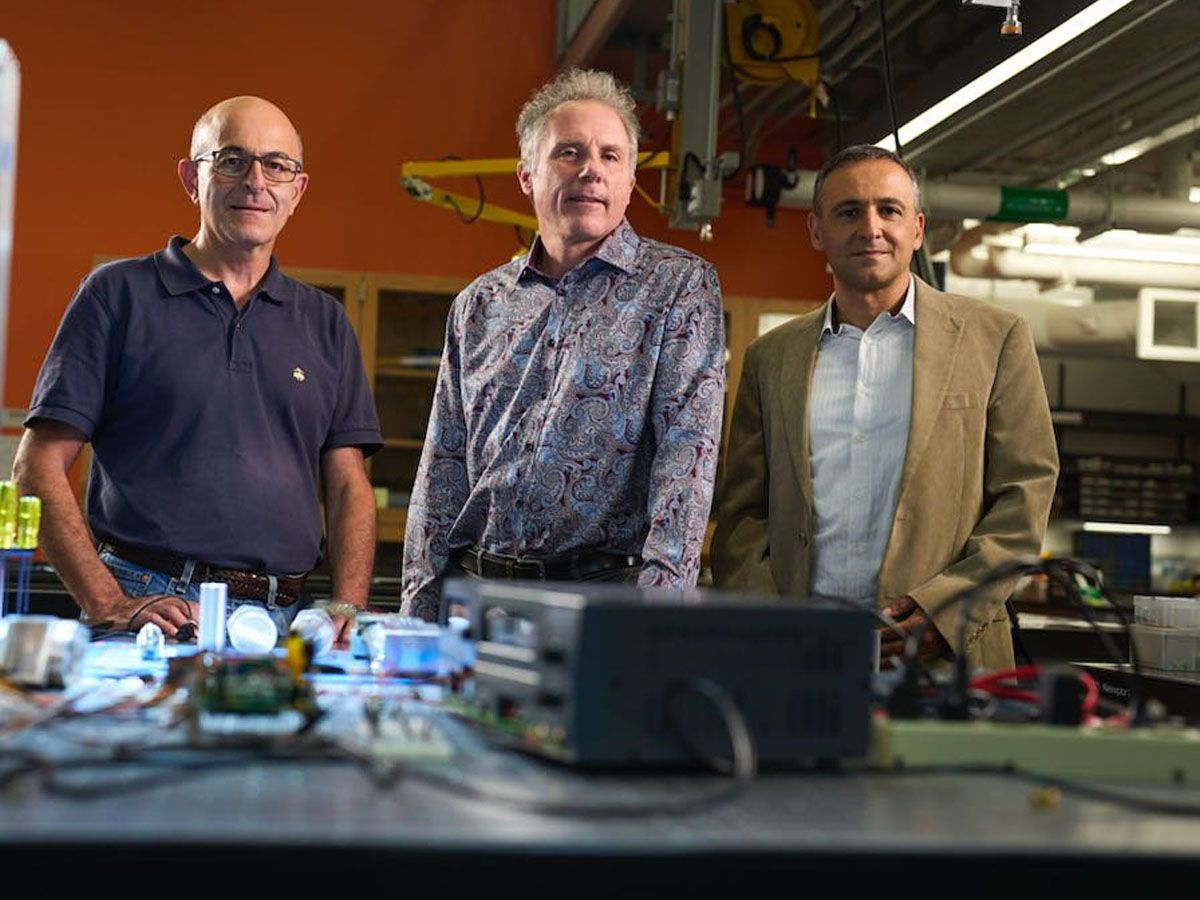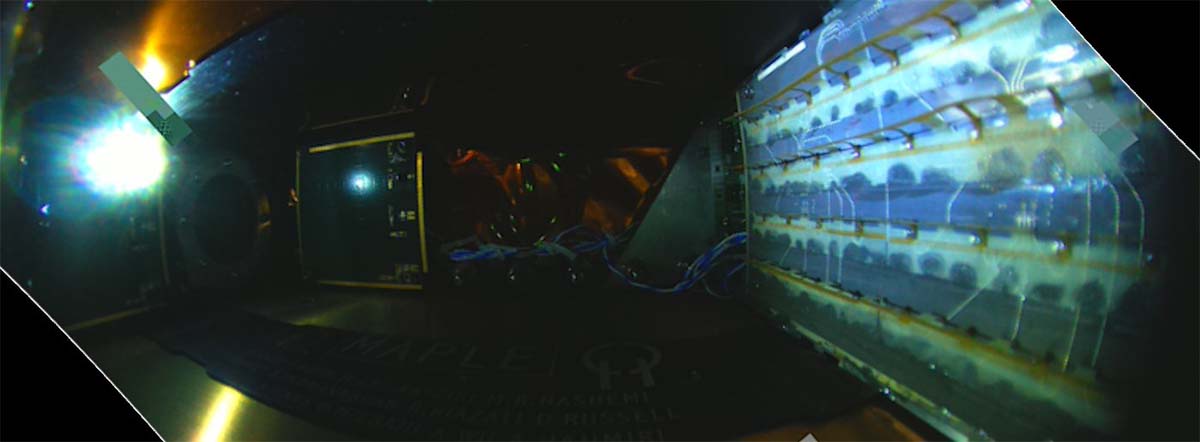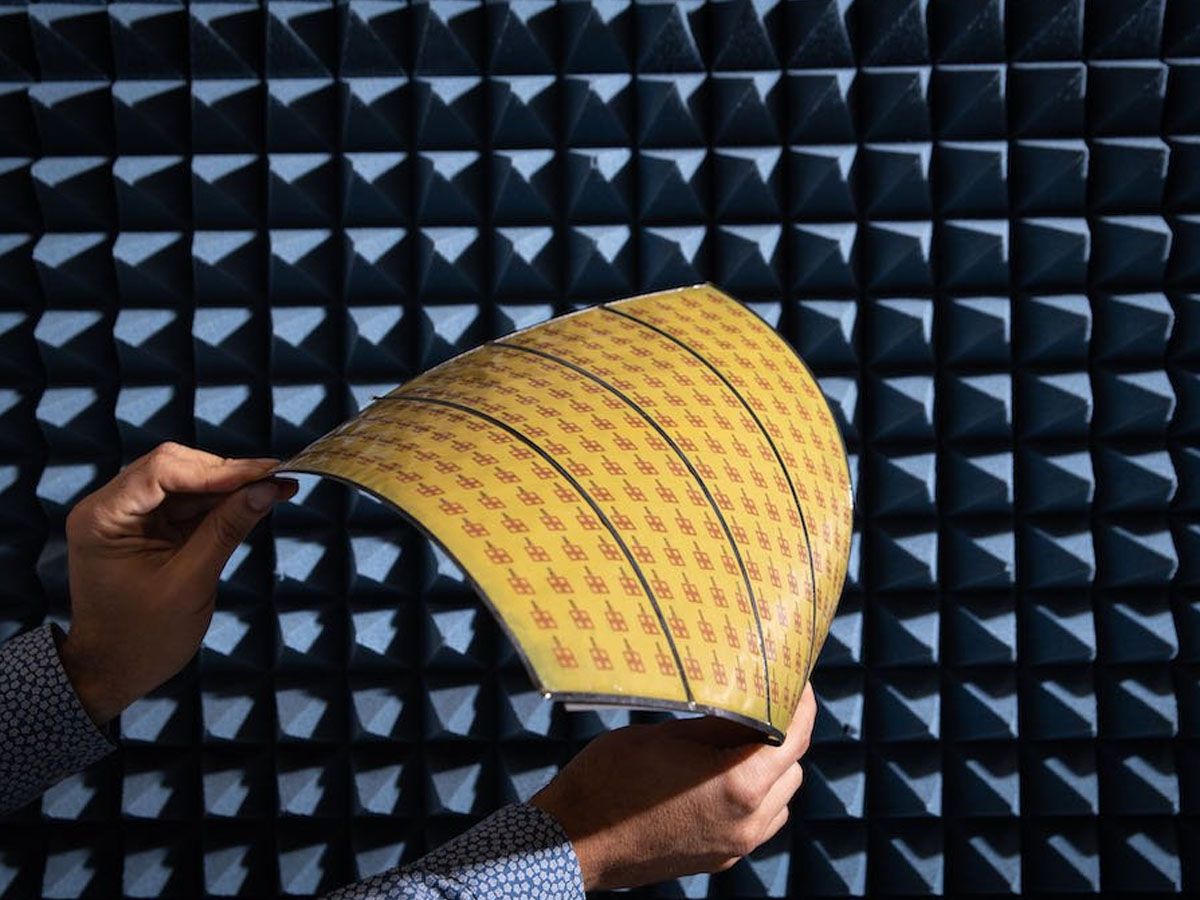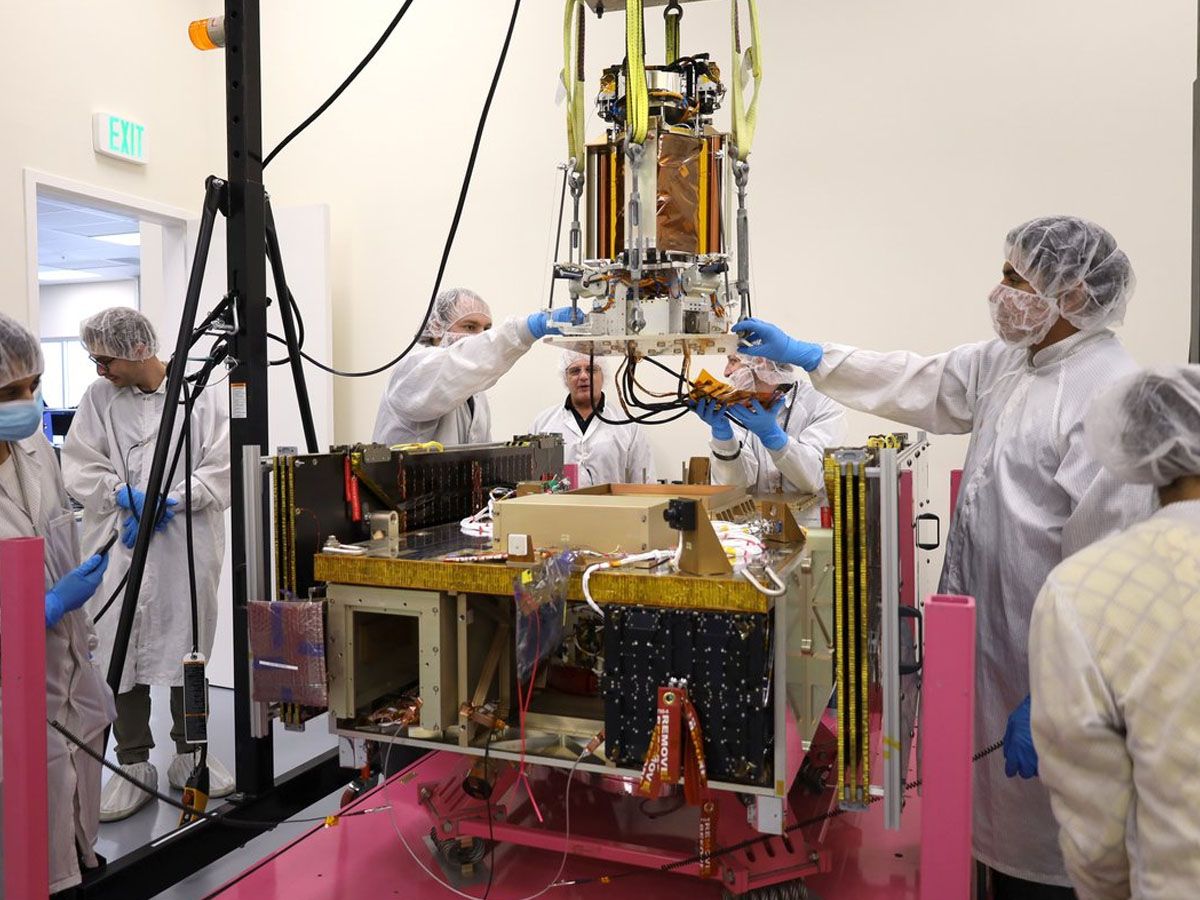In a world where the search for renewable energy sources is crucial, Caltech's Space Solar Power Demonstrator (SSPD-1) offers a new beacon of hope. Unfolding a future where we harness solar energy not just from our Earth's surface, but from outer space, this innovative project has marked a significant milestone.
Yes, you read it right! The SSPD-1 has accomplished a task once thought to be in the realm of science fiction. It has successfully transmitted power wirelessly in space. Imagine powering your home, your school, or even an entire city with solar energy sourced directly from space.
But how did Caltech achieve this remarkable feat, and what makes it so revolutionary?
The Vision of Caltech's Space Solar Power Project (SSPP)
This is where the Space Solar Power Project (SSPP), spearheaded by Caltech, steps in with its ambitious vision. Imagine an armada of spacecraft, all floating in space, facing the sun.

These aren't just any spacecraft but a network of modular ones, each equipped with a sail-like solar panel. These solar panels capture sunlight, convert it into electricity, and then, here's the kicker, they transmit it wirelessly to wherever it's needed on Earth.
This may sound like something straight out of a science fiction movie, but it's becoming more of a reality thanks to Caltech's SSPP.
The Key Players: MAPLE and SSPD-1
In the quest to tap into solar energy from space, one innovation stands out: the Microwave Array for Power-transfer Low-orbit Experiment or simply, MAPLE. But what exactly is MAPLE, and why is it so crucial in this ground-breaking project?
Let's simplify things. Imagine MAPLE as an intricate system of power transmitters, built using flexible materials and driven by custom-made electronic chips. These chips are crafted using low-cost silicon technologies. The job of MAPLE is to transmit power to receivers stationed both on Earth and in space.

The ingenious design of MAPLE ensures the energy transmission arrays are lightweight and flexible. This design is essential for the feasibility of the Space Solar Power Project, as it not only makes the arrays cost-effective but also adaptable enough to serve as sail-like solar panels that unfold in space.
Innovatively, these transmitters use constructive and destructive interference, allowing them to shift the focus and direction of the energy being transmitted without any moving parts. This advanced technology is what makes MAPLE a game-changer in the space-based solar power frontier.
The Success of the Space Solar Power Demonstrator (SSPD-1)
The stage where MAPLE was put to the test was the Space Solar Power Demonstrator, also known as SSPD-1. Launched in January of this year, this pioneering spacecraft was lofted into orbit aboard a SpaceX rocket. Weighing in at a mere 110 pounds (around 50 kg), the SSPD-1 is lighter than a baby elephant!
And guess what? SSPD-1 has already scored its first success. It has achieved the task of wirelessly transmitting power in space and beaming detectable power to Earth. This accomplishment marked a momentous breakthrough, showcasing that the notion of space-based solar power isn't just an aspiration anymore, but an attainable reality.
Unpacking the Unique Structure of MAPLE
So, we've established that MAPLE plays a pivotal role in the Space Solar Power Project. But how does its unique structure factor into this? It turns out, the lightweight and flexible nature of MAPLE plays an indispensable role in its operation and effectiveness.
Firstly, let's consider the weight factor. For any space mission, reducing weight is vital. Lighter payloads mean less fuel is required for a launch, and that translates into cost savings.
By constructing MAPLE out of flexible, lightweight materials, the Caltech team has managed to create an array that is not just feather-light, but also robust enough to withstand the rigors of space travel.
Additionally, the flexibility of MAPLE provides another crucial advantage. Just like a sheet of paper can be folded to fit into a small box, MAPLE can be folded up for launch. Once it reaches space, it unfolds, ready to absorb sunlight and transmit power. This feature further reduces fuel requirements, making the deployment of MAPLE in space even more cost-effective.
MAPLE's Advanced Power Transmission Method
Now, let's delve into the heart of MAPLE's operations: its advanced power transmission method. Here's where things get truly exciting.
To transmit power efficiently, MAPLE employs a fascinating technique known as interference. You might remember from your science class that interference involves the interaction of two or more waves that come together.
This interaction can be constructive (where waves combine to make a larger wave) or destructive (where waves combine to make a smaller wave or even cancel each other out).
MAPLE ingeniously uses both constructive and destructive interference. The transmitters in MAPLE emit waves that interfere with each other in a very controlled manner.
By fine-tuning this interference, the system can focus and direct the power transmission without the need for any moving parts.
This method, known as "beam-forming," is like using a flashlight. Instead of a broad and dispersed beam, the flashlight can adjust its focus to a concentrated beam, shining light exactly where it's needed.
Similarly, MAPLE can dynamically adjust its power transmission, ensuring power is beamed precisely to the intended location. This innovative method takes space-based solar power to a whole new level of feasibility and efficiency. Fascinating, isn't it?
The Impactful Results of MAPLE: Successful Power Transmission and Reception
Now that we've delved into the ingenious structure and operation of MAPLE, let's talk about the results. Did MAPLE live up to expectations? The answer is a resounding yes!
In space, MAPLE was able to transmit power successfully to receivers both in its immediate vicinity and down here on Earth. This was no easy feat. Consider this: space is a harsh environment. It's filled with intense temperature fluctuations and a barrage of solar radiation. Despite these challenges, MAPLE passed the test with flying colors.

On Earth, the power beamed down by MAPLE was detected at the California Institute of Technology (Caltech) campus. This is a monumental achievement. It proves that power generated in space can indeed be successfully transmitted to Earth, bringing us one step closer to a sustainable energy future.
The Potential and Promise of Space-Based Solar Power
Our sun is an incredible powerhouse, delivering more energy to Earth's surface in an hour than humanity uses in an entire year. But when it comes to harnessing this energy, we've always faced a few hurdles.
Two of the biggest challenges are weather and night-time limitations. Cloud cover, rain, and nighttime darkness can significantly reduce the amount of solar power generated. But guess what? These limitations don't exist in space!
In space, the sun shines bright all the time. There are no clouds or night-time to get in the way. Space-based solar power systems, like MAPLE, can thus capture and transmit solar energy continuously, providing a steady, unbroken supply of power. This potential to overcome earthly limitations brings a whole new dimension to renewable energy and paves the way for a truly sustainable future.

Another significant advantage of space-based solar power is its potential to democratize access to energy. Currently, access to electricity can be hindered by the lack of infrastructure, particularly in remote areas. However, with a system like MAPLE that can wirelessly transmit power from space, we could potentially eliminate the need for ground infrastructure entirely.
Imagine the possibilities: Remote villages, research stations in Antarctica, and even disaster-stricken areas could all have access to clean, renewable energy directly from space. This technology could truly democratize access to energy, contributing to global equity and sustainable development.
A Bright Future: Beyond the SSPD-1
While the success of MAPLE is an exciting leap forward, the journey doesn't stop here. The Space Solar Power Demonstrator (SSPD-1) has more in store. Two other experiments, called DOLCE and ALBA, are included in the SSPD-1, each designed to test different aspects of space-based solar power technology.
DOLCE stands for "Deployable Optics for Low-Cost Experiment" and ALBA is short for "Architecture Lab for Array Beamforming." The results from these experiments, expected in the coming months, will help engineers refine the system and make further advancements. With continuous improvement and experimentation, the future of space-based solar power looks bright indeed.

None of this progress would be possible without the generous support from key backers. Philanthropist Donald Bren and the Bren Foundation have been steadfast in their commitment to this revolutionary project.
Additionally, the Northrop Grumman Corporation has provided crucial support. These contributors are not just funding a project; they're investing in a sustainable future for all. They're helping to pave the way for a world where access to clean, renewable energy is not a privilege, but a right.
Sources: caltech.edu












